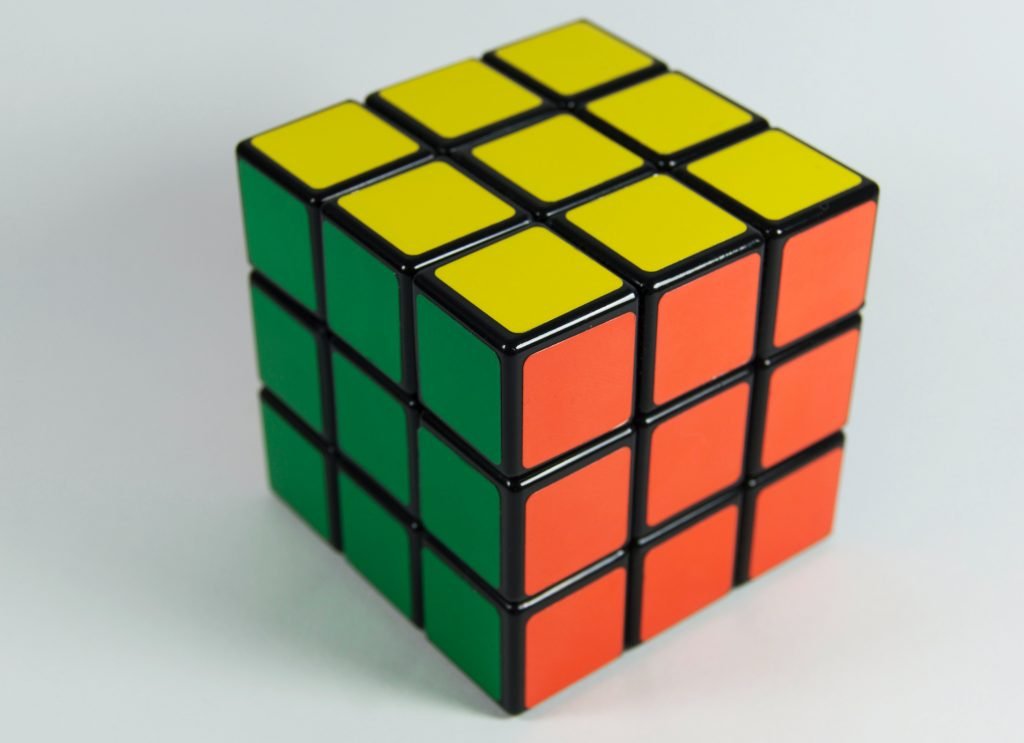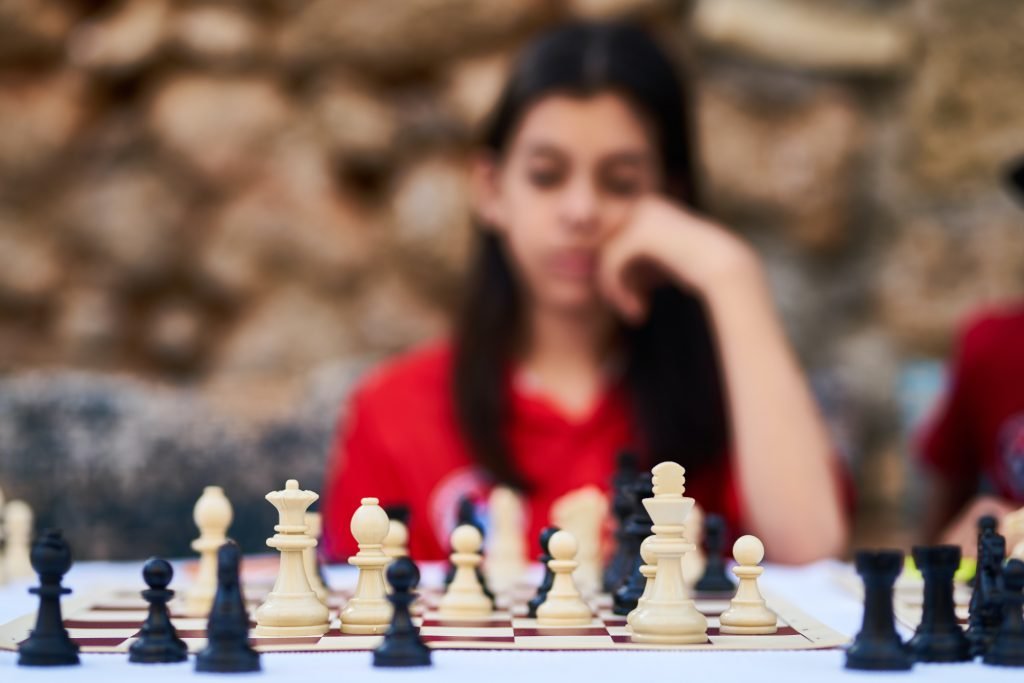- What is UCAT Abstract Reasoning?
- Why does the UCAT assess Abstract Reasoning?
- What are the different types of UCAT Abstract Reasoning questions?
- What strategies can I use to answer UCAT Abstract Reasoning questions?
- How should I prepare for the UCAT Abstract Reasoning section?
What is UCAT Abstract Reasoning?
Abstract Reasoning is the fourth UCAT subtest. It aims to assess your ability to identify rule-based patterns between a group of geometric shapes. It requires a structured approach along with practice to ensure patterns are identified accurately and quickly. The questions contain no text and if letters are used its the shape of the letter that needs to be evaluated rather than the letter itself.
The Structure
- 55 questions to be answered in 13 minutes.
- 10-15 sec for each question.

The patterns in this subtest can be more complex than just placement or colour and may be conditional with one shape’s characteristic determining the placement, orientation, colour, or other characteristic in the other shapes. A well-practiced strategy coupled with careful but quick analysis is required to avoid jumping to conclusions.
One strategy which helps get through all the questions is to answer the simpler questions as quickly as possible so more time can be spent on more complex questions which generally have conditional relationships between the shapes. Don’t forget each question has equal weighting in terms of scoring.
Why does the UCAT assess Abstract Reasoning?
Abstract reasoning is a key skill used by clinicians during physical examinations and when reviewing scans (X-Rays, Ultrasound, CT Scans, MRIs). Non-verbal abilities become even more important when patients are not able to interact with the doctor due to being unconscious or simply because they are too young to communicate.
Abstract reasoning skills are also essential during research where patterns analysis is critical to ascertain relationships.
What are the different types of UCAT Abstract Reasoning questions?
Abstract Reasoning subtest of UCAT comprises of the following four types of questions:
Type 1 (Set A / B / Neither)
In these questions, you will be given two sets of shapes (set A and set B). You will then be presented with 5 shapes and have to logically identify the set in which each belong or if they don’t belong to either set.
Type 2 (Complete the Series)
You will need to select the next image in the pattern for a given sequence. You will need to identify what the pattern is and then select the image that comes next.
Type 3 (Complete the Statement)
You will be presented with a shape on which a transformation has been conducted to create a second shape. You will need to recognise what that transformation was and apply this to a third shape. The shape produced then needs to be chosen from the options.
Type 4(Set A or B)
You have to determine the relationship between the shapes in each set (set A and set B). You will then need to determine which set the shape presented belongs to. There will be four shapes which will need to be placed for each pair of set A and set B before a new set of A and set B appear.
What strategies can I use to answer UCAT Abstract Reasoning questions?
Abstract reasoning can become very frustrating if you don’t approach it in a logical way. Practice helps but without analysing the different patterns and having a strategic approach it will be impossible to get better. Some patterns and rules will be confusing and take an inordinate amount of time so you must be strategic when approaching this section The following tips may be helpful:
- Use Pattern Tables
- Vital Triggers
- Avoid Distractions
- Keep it Simple at the Start
- Know When to Flag and Move On
Tip 1: Use Pattern Tables for UCAT Abstract Reasoning

There are patterns and difference which are almost identical every time. To ensure you don’t forget them and learn from your practice prepare yourself a table detailing all the patterns you’ve come across. Memorise these patterns and how to identify them – each time you practice review the pattern table and add any new patterns. You may want to use a structured approach to the way you analyse the patterns – e.g. Shape, Position, Colour, Sides etc…
Tip 2: Vital Triggers
Many patterns have common characteristics thus reviewing set A and B at the start of each question and trying to identify the relationship between just two shapes in each set will help you recognise specific triggers between these two and hopefully identify the rest of the pattern.
Tip 3: Avoid Distractions
Focus on a subset of the set – preferably just a pair of shapes to avoid being distracted by the rest of the set. This approach can improve your success rate incredibly since many test takers get confused with two many shapes to look at.
Tip 4: Keep It Simple at the Start
Always look at the box with the fewest shapes in it first. This will help you to stay focused and not be overly distracted. It may not be the number of shapes but the number of colours, lines, angles, or touching sides. Of course, if you can immediately see the pattern there is no need to over analyse things and simply accept that you have subconsciously processed the shapes – it will start happening with practice !!
Tip 5: Know When to Flag and Move
This is a key skill is possibly all the sections – when a question starts taking too long the impact it will have on the rest of the test for a single extra mark is simply not worth the effort. You must always assess if a question is going to take too long for you and avoid wasting time – your job is to find the questions you can answer correctly as quickly as possible. Use what information you can see to take a best guess.
How should I prepare for the UCAT Abstract Reasoning section?
- Make sure you note down each and every pattern you come across and group them together so you can easily remember them.
- Have a structured approach to the analysis of patterns so you don’t miss the obvious ones.
- Watch out for distractors which may come in the form of shapes and colors.
- Take an educated guess and move on when you can’t work it out.
- Possibly use an acronym to remember how to analyse the shapes e.g. SCANS – Shape, Color, Arrangement, Number, and Time.
- Make sure you take a baseline test and understand the main types of questions before practicing a full section test. Practice makes perfect but only if you know how to improve each time.
